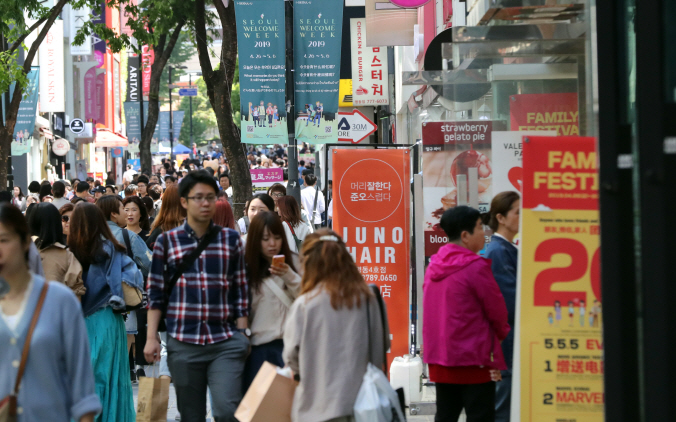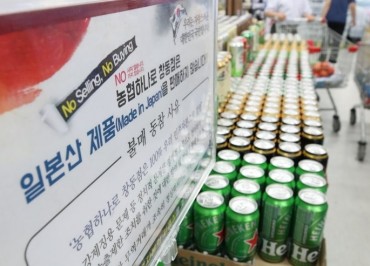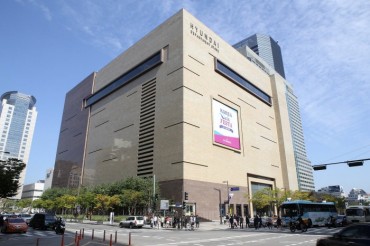
The number of Chinese visitors reached 8.07 million in 2016 alone, but the figure plunged to 4.79 million last year. (Yonhap)
SEOUL, May 20 (Korea Bizwire) — The landscape of the tourism industry has changed since the Terminal High Altitude Area Defense (THAAD) missile crisis in 2017 that put a damper on Chinese tourist visits to South Korea.
According to the Korea Tourism Organization on Saturday, China still remains at the top of last year’s 15.35 million inbound tourists, with 4.79 million Chinese visiting South Korea.
China was followed by Japan with 2.95 million tourists, Taiwan with 1.12 million and the U.S. with 970,000.
The number of such Chinese visitors, however, is at a level that has plunged sharply compared to three years ago.
The number of Chinese visitors reached 8.07 million in 2016 alone, but the figure plunged to 4.79 million last year after Beijing imposed restrictions on Korean tourism and culture consumption triggered by the THAAD dispute in 2017.
In just two years, the number of inbound visitors dropped by 3.28 million or 40.6 percent.
Meanwhile, arrivals from Japan, Taiwan and the United States increased sharply during the same period.
Japanese tourists rose from 2.3 million to 2.95 million, or by 28.3 percent, while Taiwanese visitors increased from 830,000 to 1.12 million, or by 33.8 percent.
The number of U.S. tourists increased by 11.8 percent, from 870,000 to 970,000. The number of Vietnamese arrivals also increased markedly.
Vietnam was the only country besides Japan, Taiwan and the U.S. with an increase of more than 100,000 during the period. The number increased by 82 percent, from 250,000 to 460,000.
As a result, the country share of all inbound travelers from changed from 46.8 percent from China, 13.3 percent from Japan, 5 percent from the U.S. and 4.8 percent from Taiwan in 2016 to 31.2 percent from China, 19.2 percent from Japan, 7.3 percent from Taiwan and 6.3 percent from the U.S. last year.
Vietnam rose to 3 percent last year from 1.5 percent in 2016.
D. M. Park (dmpark@koreabizwire.com)






